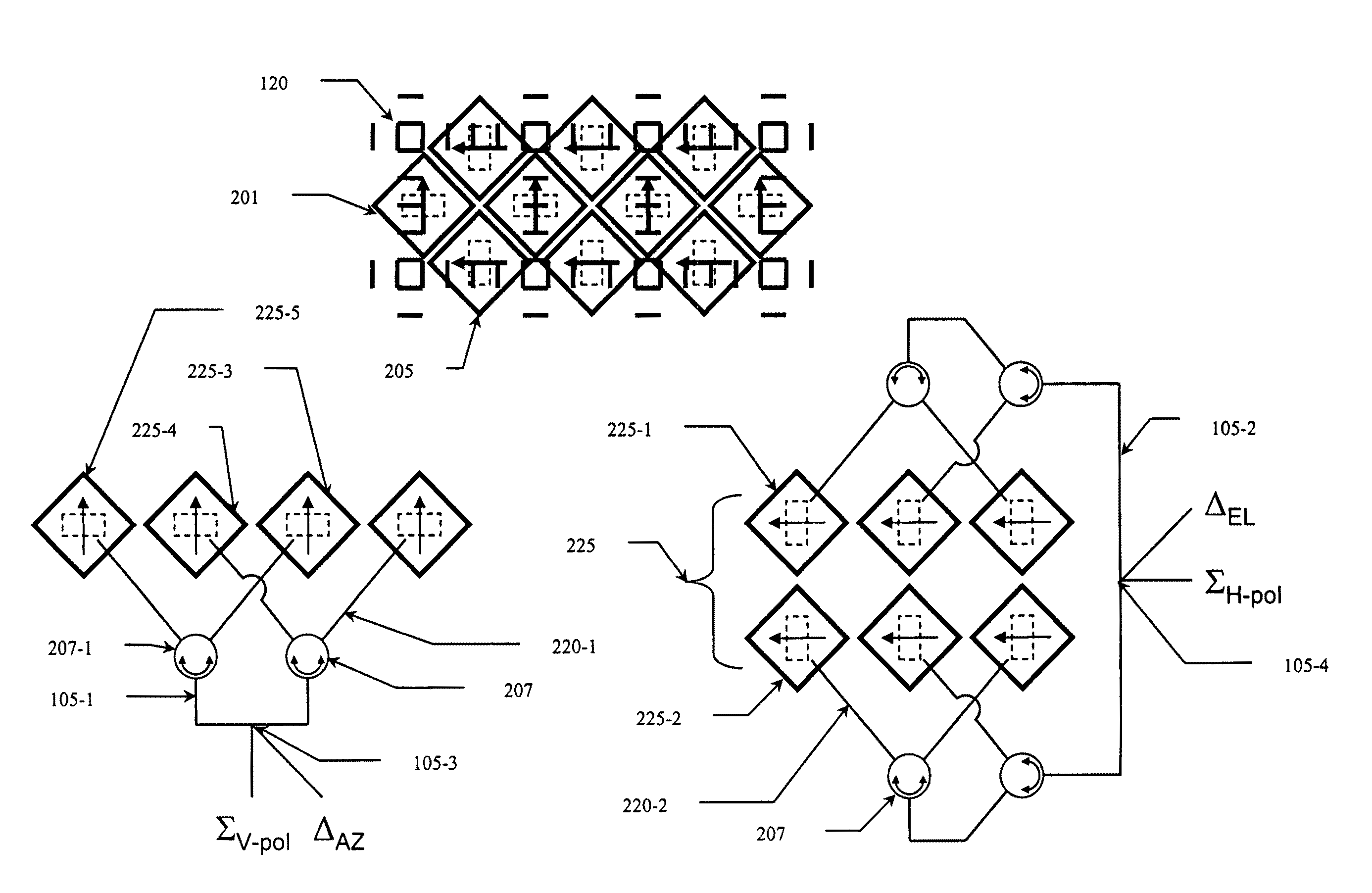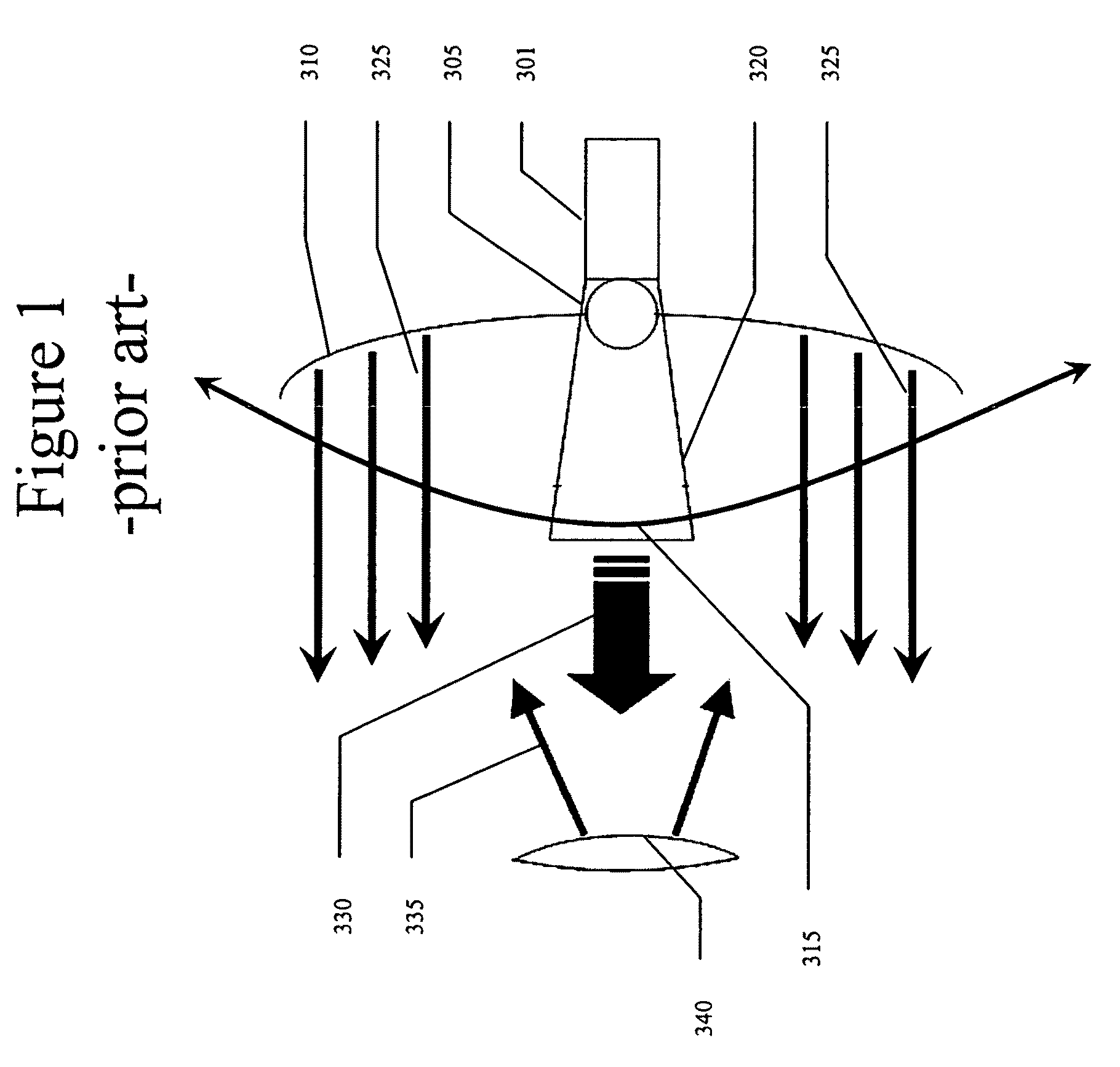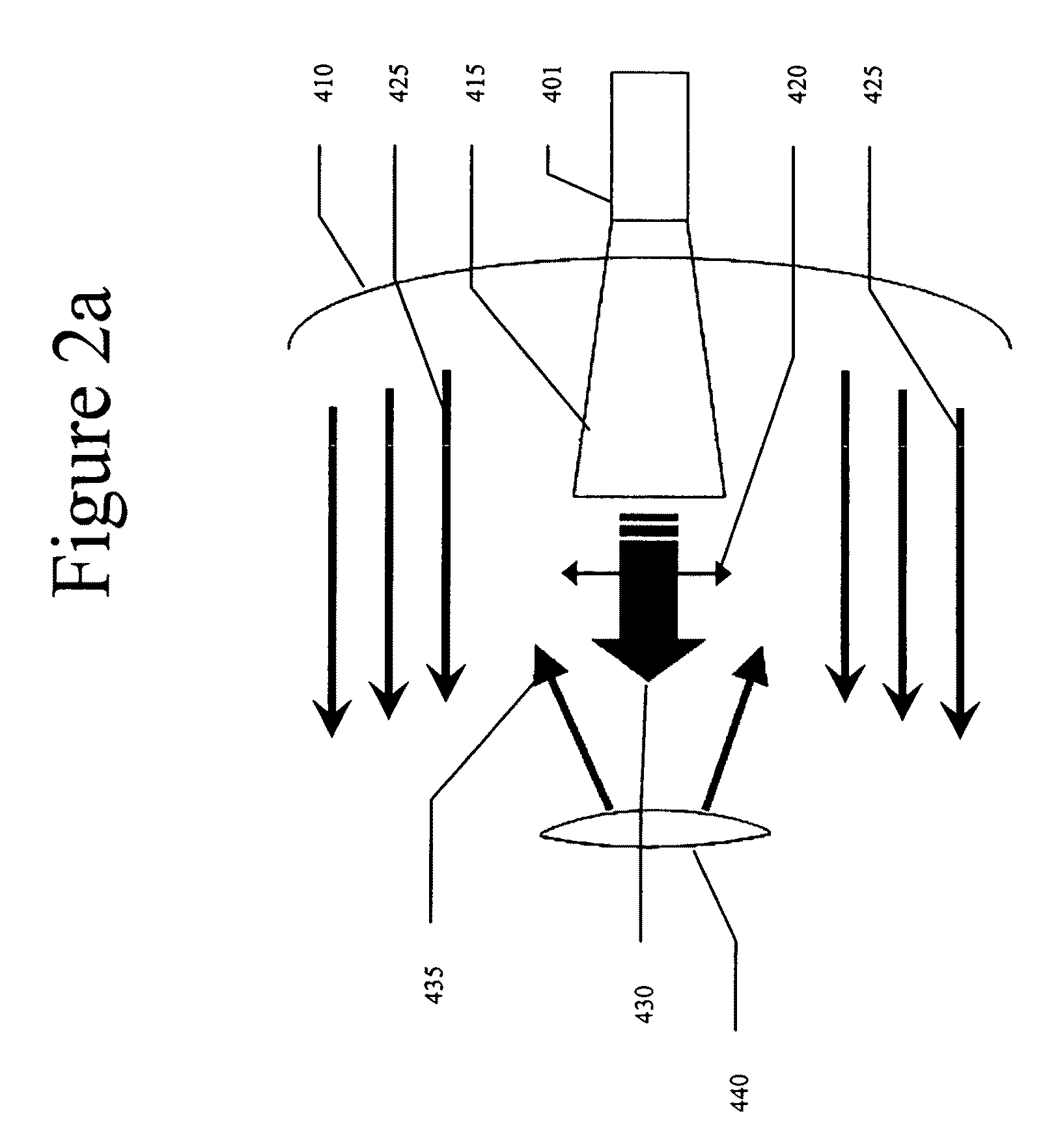Electronically steered, dual-polarized, dual-plane, monopulse antenna feed
a monopulse, antenna feed technology, applied in the direction of polarised antenna unit combinations, instruments, antennas, etc., can solve the problems of mechanical steering solution may have limitations, usually extremely short duration, minimal effect on pulse detection capabilities, etc., and achieve the effect of reducing the cost and weight of radar systems
- Summary
- Abstract
- Description
- Claims
- Application Information
AI Technical Summary
Benefits of technology
Problems solved by technology
Method used
Image
Examples
Embodiment Construction
[0033]The following detailed description of the invention refers to the accompanying drawings. The same reference numbers in different drawings identify the same or similar elements. In addition, the following detailed description does not limit the invention. Instead, the scope of the invention is defined by the appended claims and equivalents thereof.
[0034]The present invention seeks to address the problems of cost, weight, and mechanical failure in RADAR tracking systems through the use of an electronically-steered monopulse RADAR system. It implements a dual-polarized, dual-plane monopulse, switched beam approach with a minimum number of switches and four-port RF devices. The system is based on a beam generated by a set of dielectrically-loaded diagonal feed horns having two orthogonal polarizations (e.g., vertically polarized horns and horizontally polarized horns) and an array of wires to control the beamwidth for each horn pair, enabling the creation of monopulse beams of con...
PUM
 Login to View More
Login to View More Abstract
Description
Claims
Application Information
 Login to View More
Login to View More - R&D
- Intellectual Property
- Life Sciences
- Materials
- Tech Scout
- Unparalleled Data Quality
- Higher Quality Content
- 60% Fewer Hallucinations
Browse by: Latest US Patents, China's latest patents, Technical Efficacy Thesaurus, Application Domain, Technology Topic, Popular Technical Reports.
© 2025 PatSnap. All rights reserved.Legal|Privacy policy|Modern Slavery Act Transparency Statement|Sitemap|About US| Contact US: help@patsnap.com



